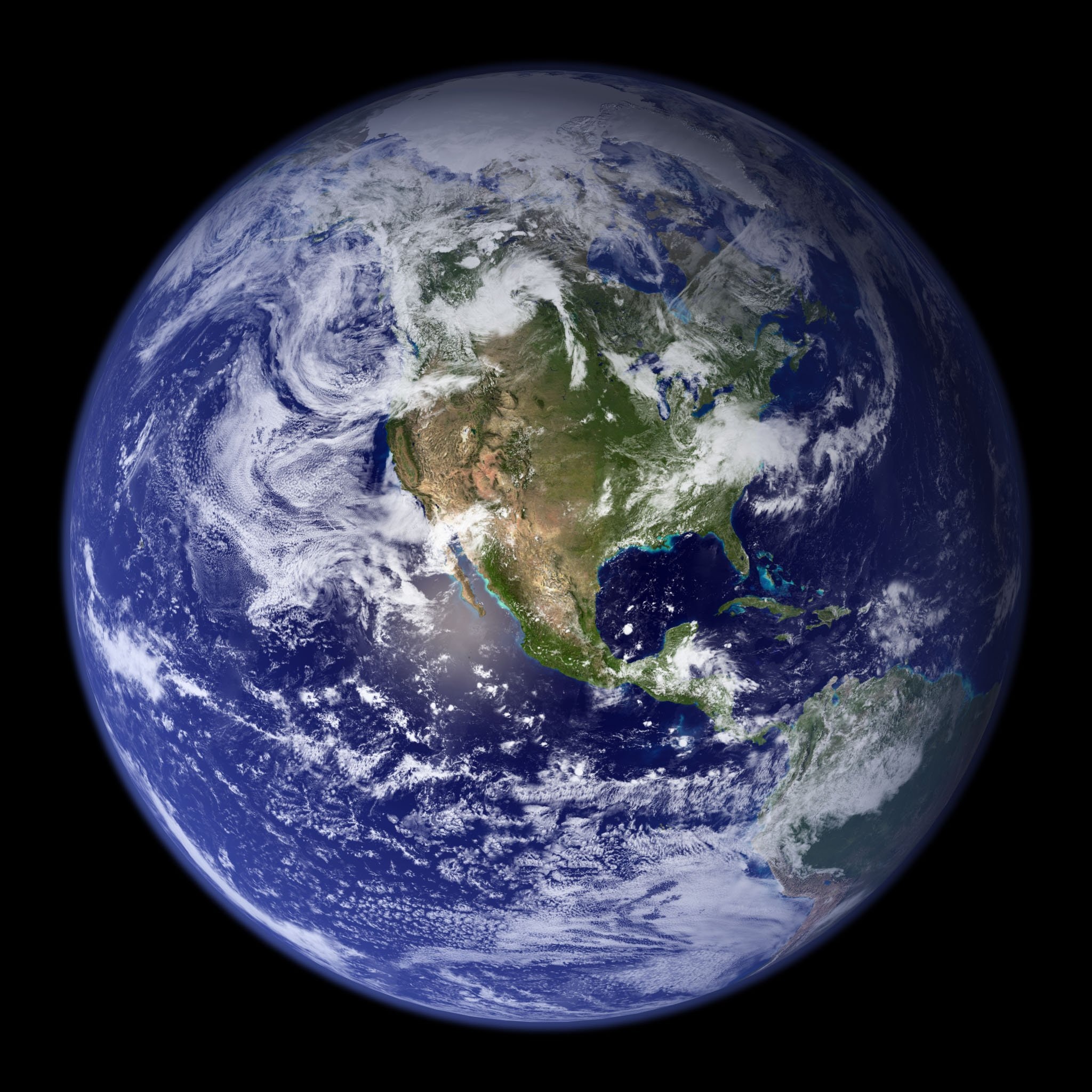Planet Earth is an incredible place. It gives us life- none of us would be here without it. But what is the Earth made of? In this blog, we delve a little deeper into our Planet to find out. There are many theories about exactly how the Earth is made up and how long it’s been in existence.
the three layers of earth
Earth is formed of three layers. The core, the mantle and the crust. The core is in the centre of the planet- above that is the mantle and the surface is the crust. Of all the sections of the Earth, you’ll be most familiar with the crust as that’s the part we live on.
The core
The core is split into two. An inner core and an outer core. The core is almost 2000 miles beneath the Earth’s surface so you’d have to dig a very big hole if you wanted to see it for yourself. You’d also need to bring some very effective heat protection with you as well.
The core is very slowly cooling down- and I mean very slowly. When it does it is supposed that Earth will lose its atmosphere (yep- worryingly that’s possible to happen) and life will have an impossible time naturally living on Earth without the help of some pretty cool inventions. (A big atmosphere bubble for example).
I wouldn’t worry though- it won’t become a completely solid core for another few billion years- the sun will probably have swallowed or fried the Earth before it becomes a problem.
Inner core
The inner core of Earth is a solid ball with a 760-mile radius. There’s actually no factual evidence of what the inner core is made up of- but using other evidence of other planets, what’s in our solar system and an almighty educated guess it is believed the inner core is mostly made up of an iron-nickel alloy.
There is evidence to suggest that the inner core originally would have been liquid (some other planets have liquid cores) but as the Earth cooled down it became solid. To be completely honest with you there’s no firm evidence on when this “cooling” process actually started.
Because the Earth is very slowly cooling down the inner core gets around one millimetre thicker every year.
The inner core was discovered and said to be solid by a female Seismologist and Geophysicist Inge Lehmann (1888-1993- she was 104 when she died)
outer core
Unlike the inner core, the outer core is liquid. It’s made up of nickel, iron and molten rock. It can reach an incredible temperature of 50,000 degrees celsius.
Because the planet is cooling down (really slowly- I feel like I’ve said that a lot) the iron in the outer core is flowing and swirling really fast- this is what gives Earth its magnetic field. The magnetic field does a lot of really important and vital jobs.
The magnetic field
The magnetic field is incredibly important.
It helps protect life from harmful particles coming from the sun and actually keeps our atmosphere in place- if that atmosphere disappears I hope you can all hold your breath. Don’t worry if you can’t because we wouldn’t survive long enough to worry about it if the Earth lost its atmosphere.
Did you know that the magnetic field even helps animals find their way around? You didn’t? Well, you do now. Sharks and birds are amongst the big users of the magnetic field for navigation.
When this magnetic field disappears after the core has become completely solid we might as well throw all our compasses away as they won’t point north anymore. Oh- and the Earth’s atmosphere will disappear.
The mantle
In between the outer core and the crust is a section known as the mantle. The mantle is a measly 1800 miles deep, making it the thickest of the Earth’s layers, and is mostly solid. The lower mantle (close to the outer core) can be anything up to 3700 degrees celsius and a “cold” 1000 degrees celsius close to the crust.
The movement inside the mantle moves what is called the tectonic plates. There are 7 major tectonic plates (African, Antarctic, Eurasian, Indo-Australian, North American, Pacific and South American) in the Earth’s crust and have been slowly moving apart for millions of years. Land mass on Earth would originally have all been squished together before going their separate ways.
When two of these plates rub against each other you get the creation of volcanoes and a lot of earthquakes. Counties like Japan are on top of two plates which rub together frequently which is why there are a lot of earthquakes in Japan.
the crust
The Earth’s crust is the thin outer layer of rock on the surface. And when I say thin the thickest part on land is still anything up to 30 miles thick. It sits on top of the mantle.
It probably won’t come as any surprise but the thinnest part of the crust is under the oceans- if that did come as a surprise then… SURPRISE!
Like the inner core, the Earth’s crust wouldn’t have always been solid but it would have cooled down to become solid over time. A lot of the rocks making up the Earth’s crust were formed less than 100 million years ago but there have been some finds of some that are 4.4 billion years old. This suggests the Earth’s crust has been solid for at least 4.4 billion years.

